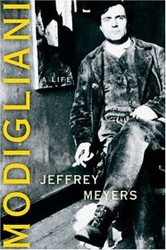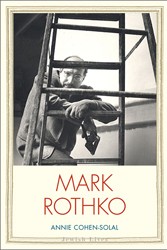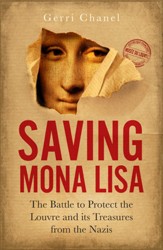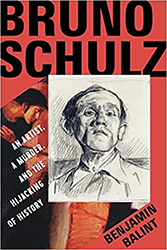The exhibition of Edouard Vuillard’s paintings at The Jewish Museum in New York City is the third exhibition in a year that highlights the Jewish patrons and collectors who were actively acquiring art in Paris in the late nineteenth and first half of the twentieth century. The first two, one at The Jewish Museum and one at the Metropolitan Museum of Art, focused on the important collections of the Cone sisters of Baltimore and Gertrude and Leonard Stein, respectively. In those instances the collections included major artists of the Impressionist and post-Impressionist period. In this case, Vuillard, himself not Jewish, was collected intensively by several wealthy Jewish families for half a century. To read about those families is to peer into the world of assimilated, intellectual Jews who were active in the arts, media, and business. Included, among others, are Natanson, Kapferer, Hessel, and Wertheimer. Vuillard was a painter of portraits and interiors – colorful and detailed, with attention paid as much to the furnishings, clothing, and wall decorations as to the subject of the painting. As such they are narrative paintings providing information about the class and interests of the subject.
Stephen Brown, the author, is assistant curator of The Jewish Museum. According to Brown, Vuillard, who had been associated with the group of artists who called themselves “Nabis” (from the Hebrew/Arabic), aimed to be the “Prophets” of an art that “favored rich patterns and palettes, symbolism and metaphor and dreamlike imagery.” Inspired by the colorist paintings of Paul Gauguin, Vuillard continued to paint in a style that won him commissions to the end of his life. Vuillard never showed an interest in the early modernist or avant garde trends, which left him out of the major developments of twentieth century art. Brown is attempting to move him into the limelight again.
The essay by Richard Brettell, “Vuillard, Proust and Portraiture,” is a fascinating comparison of the works of each, pointing out the similarities between Vuillard’s artistic depictions and Proust’s language art. Brettell insists that Vuillard intends to reveal the subject’s character much as Proust does. A compelling study, Brettell’s conclusion is challenging. “Perhaps, had there not been the Holocaust, we would today ignore the fact that the Kapferers, like many of Vuillard’s sitters, were Jewish. Because of it, we cannot.”
The book is richly illustrated with 109 color plates. An appendix of nineteen “Patrons and Muses” is included. Bibliography, index.

Nonfiction
Edouard Vuillard: A Painter and His Muses, 1890 – 1940
- Review
By
– September 4, 2012
Esther Nussbaum, the head librarian of Ramaz Upper School for 30 years, is now education and special projects coordinator of the Halachic Organ Donor Society. A past editor of Jewish Book World, she continues to review for this and other publications.
Discussion Questions

Jewish literature inspires, enriches, and educates the community.
Help support the Jewish Book Council.



